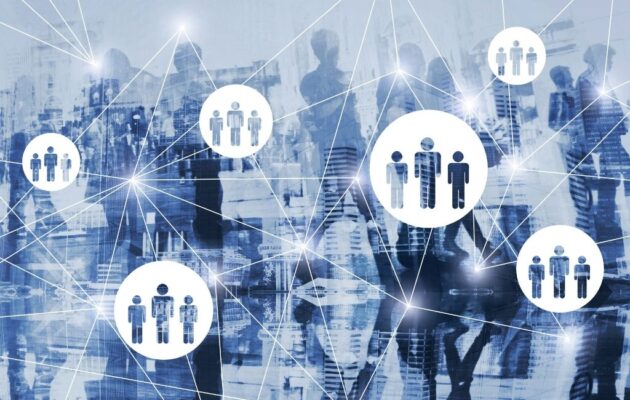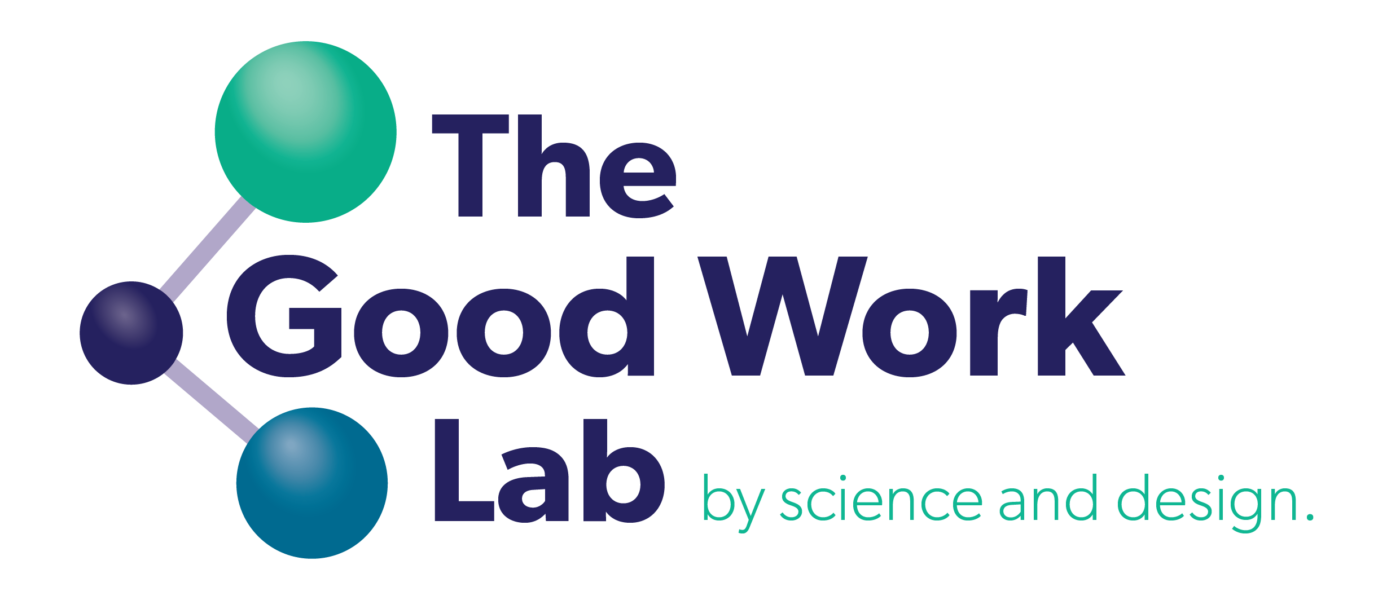WHAT WE DO
The Good Work Lab conducts collaborative research in the following areas:
- Leadership development for injury prevention and management of return to work.
- Impact of working from home on staff well-being.
- Reviews of Injury management systems to reduce claims and improve recovery outcomes.
- Evaluating the physical, psychosocial and productivity impact of new systems, equipment, materials or processes.
- Identifying and assessing workplace risk factors for work health and well-being.
- Implementing and evaluating workplace-based initiatives to improve employee health and well-being
- Synthesis of current best practice including snapshot reviews, rapid and scoping reviews.
CASE STUDY 1
VoISE: Vocational Interventions for Sustainable Employment for persons with brain injury in Queensland
The Client: The Acquired Brain Injury Outreach Service (ABIOS) is a specialist community-based rehabilitation service for adults with Acquired Brain Injury (ABI), their families, and other stakeholders located at the Princess Alexandra Hospital in Brisbane (Metro South Hospital and Health Service, Queensland Health). Their mission is to assist people with Acquired Brain Injury (ABI) in Queensland, their families and carers to achieve an improved quality of life and community re-integration through increased independence, choice, opportunity and access to appropriate and responsive services. ABIOS has an active research and development program with a focus on service-specific research initiatives that enhance outcomes for clients with ABI and the service systems that support them. ABIOS has a research affiliation with the Hopkins Centre (Griffith University) and partners with a range of researchers/institutions to advance key research objectives and priorities.
The Challenge: ABIOS reported challenges with the limited and variable access to vocational opportunities and the complex systems creating inequities and piecemeal approach to vocational rehabilitation and hence, poor return to work outcomes for their clients with ABI. They realised that work is a marker of successful recovery, provides structure and normality to everyday life and is associated with better quality of life, financial independence, improved self-worth and cognitive functioning. The problems in re-entry to the workforce for these individuals included:
- Identifying and accessing the right people in each of the many disability and rehabilitation schemes in Queensland is challenging as there are 29 state-based workers’ compensation insurers; 4 compulsory third party insurers; employer-funded sickness benefits, life insurance policies, superannuation and federally-funded sickness and disability support.
- ABI is a complex injury/disability often resulting in a range of medical, physical, cognitive and emotional consequences of varying severity and different for each individual.
- The majority of people with ABI are managed in the public health system which is under-resourced to offer comprehensive vocational rehabilitation.
- Limited knowledge of ABI and support schemes by employers and employment providers.
The Solution: ABIOS, Dr Johnston and Donna Valiant agreed to work collaboratively to document the current vocational rehabilitation policies, services and pathways for persons with ABI in Queensland and identify areas for improvement in the pathways, tools, processes and resources to support providers deliver best practice vocational rehabilitation for persons with ABI. We conducted interviews with people with a lived experience of ABI and ran focus groups with clinicians, external vocational rehabilitation providers, insurance authorities/regulatory body representatives, and disability employment service providers.
The Results: This project highlighted the complexity of existing vocational rehabilitation pathways; the importance of targeted strategies/approaches and the need for education and engagement with stakeholders and employers to improve service provision and vocational outcomes. The findings and areas for improvement were further explored in a stakeholder workshop. The attendees expressed concerns about funding of vocational rehabilitation services, communication between agencies, barriers and enablers for delivering best practice vocational rehabilitation in QLD. Participants found the workshop findings “Excellent, focused on getting the knowledge “from” the group, with balance of providing info “to” the group” and said this work is “A good step in the right direction”.
Feedback: This project was initiated from direct clinical practice experiences of the ABIOS team and a recognised need to address vocational rehabilitation pathways and outcomes for clients with ABI. The project methodology and the expertise/ commitment of the project team has harnessed the collective interest of a diverse range of stakeholders to drive innovative quality improvement solutions that are grounded in the evidence-base and translational in their application. The project has facilitated an enhanced understanding of the complexity of existing vocational rehabilitation pathways, including key barriers and enablers; and is continuing to engage stakeholders to build consensus about strategies and approaches to maximise vocational outcomes for consumers. The project is leading the way in the effort to transform vocational rehabilitation opportunities, pathways, and strategies/approaches for people who experience an ABI and their families throughout Queensland.
Addendum: The process of improvement is ongoing. Should you wish further information on this project, please contact A/Prof Melissa Kendall at melissa.kendall@health.qld.gov.au
Note: This research incorporated a collaboration between ABIOS and RECOVER Injury Research Centre (UQ).
CASE STUDY 2
Weighty problem of Plasterboards
The Client: An international supplier of plasterboards recognised that installing plasterboards is a hazardous task for installers. The installation of plasterboard requires overhead and side on lifting techniques which expose the shoulders, forearms, elbows and back to repetitive and prolonged twisting and strain. These physical demands create a risk of injury to these body regions and burden on the individual in terms of pain and disability. As a consequence, the burden on the business in terms of lost time due to injuries and business continuity is substantial.
The Challenge: To reduce the burden on the installers, a new product was developed which is about 30% lighter than the heaviest equivalent competitor product. The client emphasized the importance of robust measures that objectively and subjectively quantify the impact of the new product in comparison to that currently in use.
The Solution: Several meetings were held to discuss the best way to determine the impact of the new board. It was agreed that data would be collected in two parts: a) during a 6-week simulated installation setting and b) during a standardised task in the laboratory. The simulated installation consisted of 3 weeks with the current plasterboard and 3 weeks with the new plasterboard. Installers were blind to the board type. The laboratory assessment evaluated the activity of several muscles using electromyography. Outcomes assessed were of (1) efficiency of installation, measured by time to complete the wall and ceiling installation of three identical units; (2) the risk for injury on the musculoskeletal system, assessed using a manual tasks risk assessment and analysis of arm movements and postures during work; (3) level of discomfort, fatigue, effort and cognitive load experienced; and (4) the level of muscle activation during a series of standardised tasks. The measures and the timing of such measures were mutually agreed.
The Results
Using the Lighter plasterboards delivered several benefits in terms of efficiency in time; risk for the musculoskeletal system, level and spread of discomfort and fatigue experienced and the level of musculoskeletal activity during specified tasks. The outcomes provided enabled the client to make an informed decision regarding the impact of the new plasterboard not only on the individual but the business as a whole.


